.
The Wave Organ
Unique acoustic sculpture that uses the waves to create music.
A unique acoustic sculpture on San Francisco's bay, the Wave Organ (1986) transforms tidal movements into hauntingly beautiful music through submerged pipes.
Perched quietly on the edge of the San Francisco Bay, The Wave Organ isn’t just a sculpture — it’s a conversation between the sea and the shore. Here, the natural rhythm of waves becomes a symphony, echoing through stone and pipe, luring visitors into a peaceful, meditative connection with the ocean. It’s a place that feels like a secret, waiting to be discovered.
2. Location & Overview
Location: Marina District, San Francisco, California, USA
Year Opened: 1986
Designed By: Peter Richards (Exploratorium artist-in-residence) and sculptor George Gonzales
Built on the remnants of a demolished cemetery’s seawall, The Wave Organ is a remarkable acoustic sculpture that merges art, science, and nature. It was commissioned by the Exploratorium and designed to interact with the tides of the San Francisco Bay.
The structure consists of 25 organ pipes—crafted from reclaimed stone and concrete—that extend into the water at various levels. As waves lap and crash into the pipes, they produce hauntingly beautiful, otherworldly sounds that vary with the movement of the tide.
Quick Facts:
- Inspired by a similar sea organ in Zadar, Croatia.
- Made from recycled stone from a demolished cemetery.
- Acoustics change with tide levels and wind conditions.
- A beloved example of “land art” in the Bay Area.
3. Best Time to Visit
Ideal Seasons: Spring through early Fall (March to October)
Best Time of Day:
- High tide – when the organ is most active
- Golden hour or sunset – for stunning views of the bay and Golden Gate Bridge
- Weather: Mild and breezy, often foggy in the mornings; bring a jacket
- Events: While there are no official events here, it’s a popular spot for small, informal music and meditation gatherings
4. Tickets & Entry Information
- Entry: Free for all visitors
- Opening Hours: Open daily; no formal gates but best visited during daylight hours for safety and experience
- Last Admission: No official cut-off, but avoid visiting after dark due to limited lighting and remote location
- Booking: No advance booking required
5. Things to See / Key Attractions
- The Acoustic Pipes: The star of the show — listen to the ocean "play" through the structure
- Bay Views: Offers unobstructed views of Alcatraz, Angel Island, and the Golden Gate Bridge
- Sunset Point: A perfect spot to capture the warm glow of evening light
- Reclaimed Art Elements: Look closely — many components of the sculpture hold historical and architectural fragments
Hidden Gem: The walk to the Wave Organ along the jetty is itself serene and scenic, often lined with seabirds and occasional seals.
6. Visitor Tips
- What to Bring: Jacket (it can get windy), camera, headphones (to record audio), picnic blanket
- Accessibility: The path is mostly flat but slightly uneven — wheelchair access is limited
- Suggested Duration: 30 minutes to 1 hour
- Avoiding Crowds: Visit early in the morning or during weekday afternoons for solitude
7. How to Reach
- Nearest Airport: San Francisco International Airport (SFO) – 40 mins by car
- By Public Transport: MUNI bus lines 22 or 30 to Marina Blvd; then a 15-minute walk
- By Car: Limited street parking available near the St. Francis Yacht Club
- Landmark Reference: About 1 mile from Crissy Field; walkable from the Palace of Fine Arts
8. Nearby Attractions & Where to Eat
Nearby Attractions:
- Palace of Fine Arts: A short walk away, with a romantic lake and historic architecture
- Crissy Field: Ideal for walks, picnics, and panoramic views of the bay
Where to Eat:
- Greens Restaurant (Fort Mason): Vegetarian cuisine with bayfront views
- Black Point Café: Great for coffee and light bites before or after your visit
9. Who It’s Best Suited For
- Couples: A quiet, contemplative spot for a romantic outing
- Solo Travelers: A place to reflect and soak in natural beauty
- Photographers: Unique visual compositions with light, water, and architecture
- Families: Kids will enjoy the interactive, sound-producing elements
- History Lovers: Fascinating backstory in San Francisco’s evolving landscape
10. Legends, Trivia, or Fun Facts
- The structure is built from granite and marble salvaged from San Francisco’s former Laurel Hill Cemetery.
- The acoustic sounds change dramatically based on tidal patterns and atmospheric pressure — no two visits are exactly alike.
- There’s no formal signage at the site, giving it a secretive, “hidden gem” feel even among locals.
11. FAQs
Q1: Can you hear music at the Wave Organ anytime?
No, the sounds are most audible during high tide when waves have the most contact with the organ pipes.
Q2: Is there any guided tour available?
No official tours, but local guides and audio tours sometimes include it in Marina walks.
Q3: Can kids play around the organ?
Yes, but with caution. The rocks and pipes can be slippery and there are no guardrails.
Q4: Is the Wave Organ wheelchair accessible?
Partially — the approach path is uneven and may be challenging for some mobility aids.
Q5: Is photography allowed?
Absolutely — it's a public space and especially popular for scenic shots at sunset.
Best visited during high tide for optimal sound.
Address
Beach St & Wharf St, San Francisco, CA 94133Visit
Exploring
California's Beauty
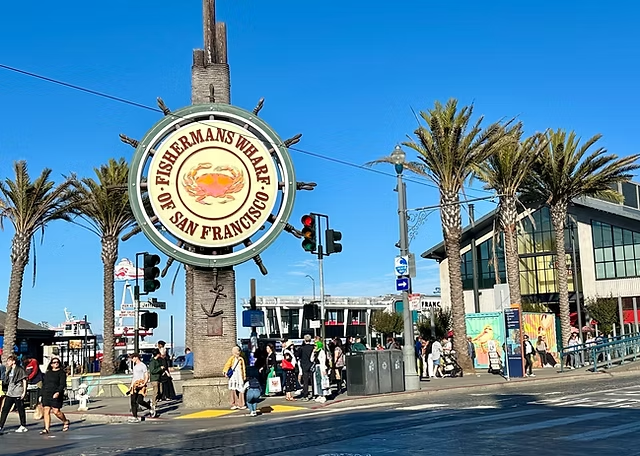
Fisherman's Wharf, California
Immerse yourself in the vibrant energy of Fisherman's Wharf, San Francisco's iconic waterfront district! Feast on fresh Dungeness crab, watch playful sea lions...
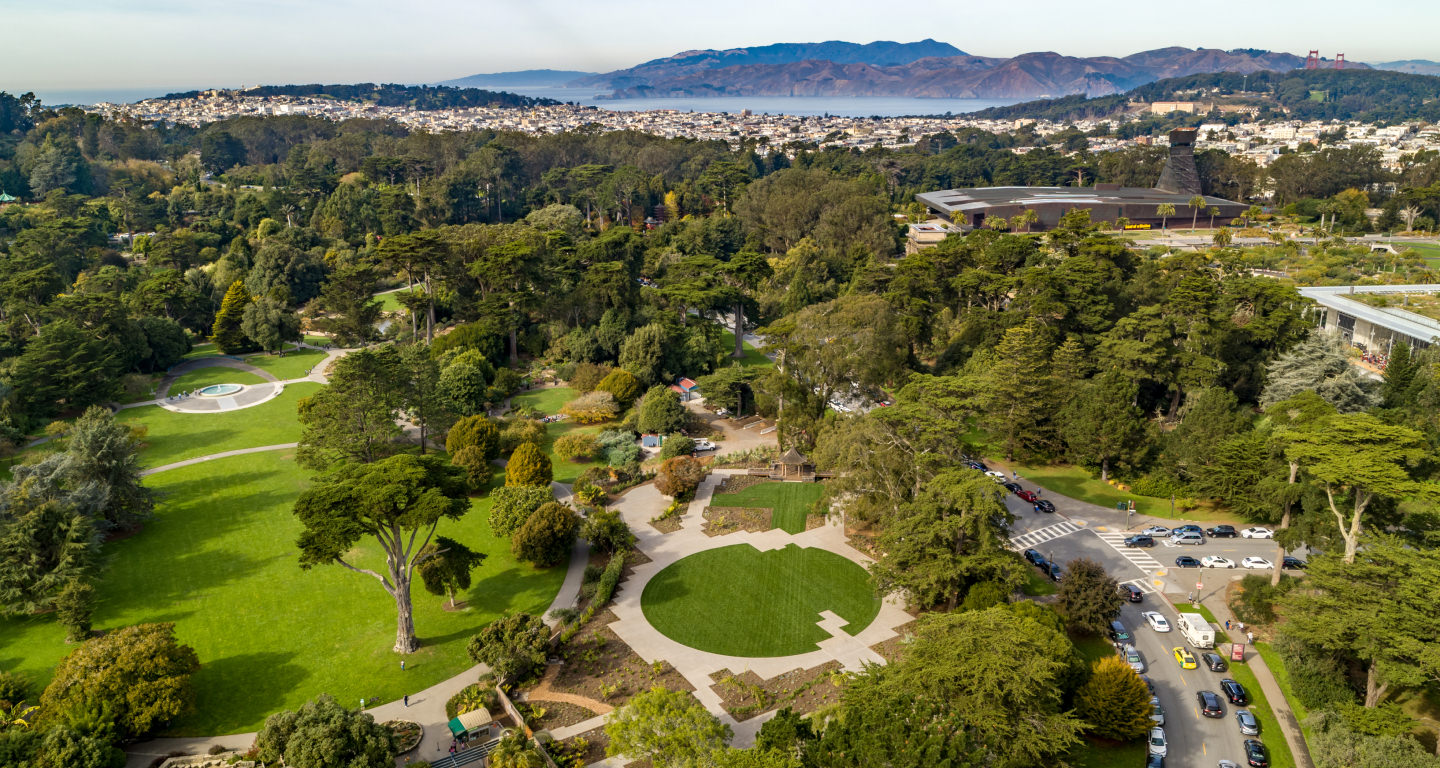
Golden Gate Park, California
Escape to Golden Gate Park, San Francisco's 1,017-acre urban oasis! Wander through lush gardens, explore world-class museums, and paddle across serene lakes—all in...
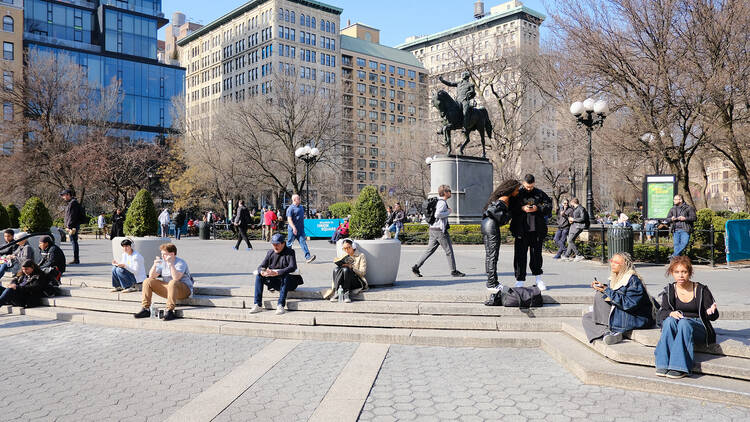
Union Square, California
Step into Union Square, San Francisco's vibrant heart where luxury shopping, historic theaters, and urban energy collide! Surrounded by flagship stores, art galleries,...

Exploratorium, California
Step into a world where science comes alive at San Francisco's Exploratorium! With hundreds of mind-blowing, interactive exhibits, this waterfront museum turns...
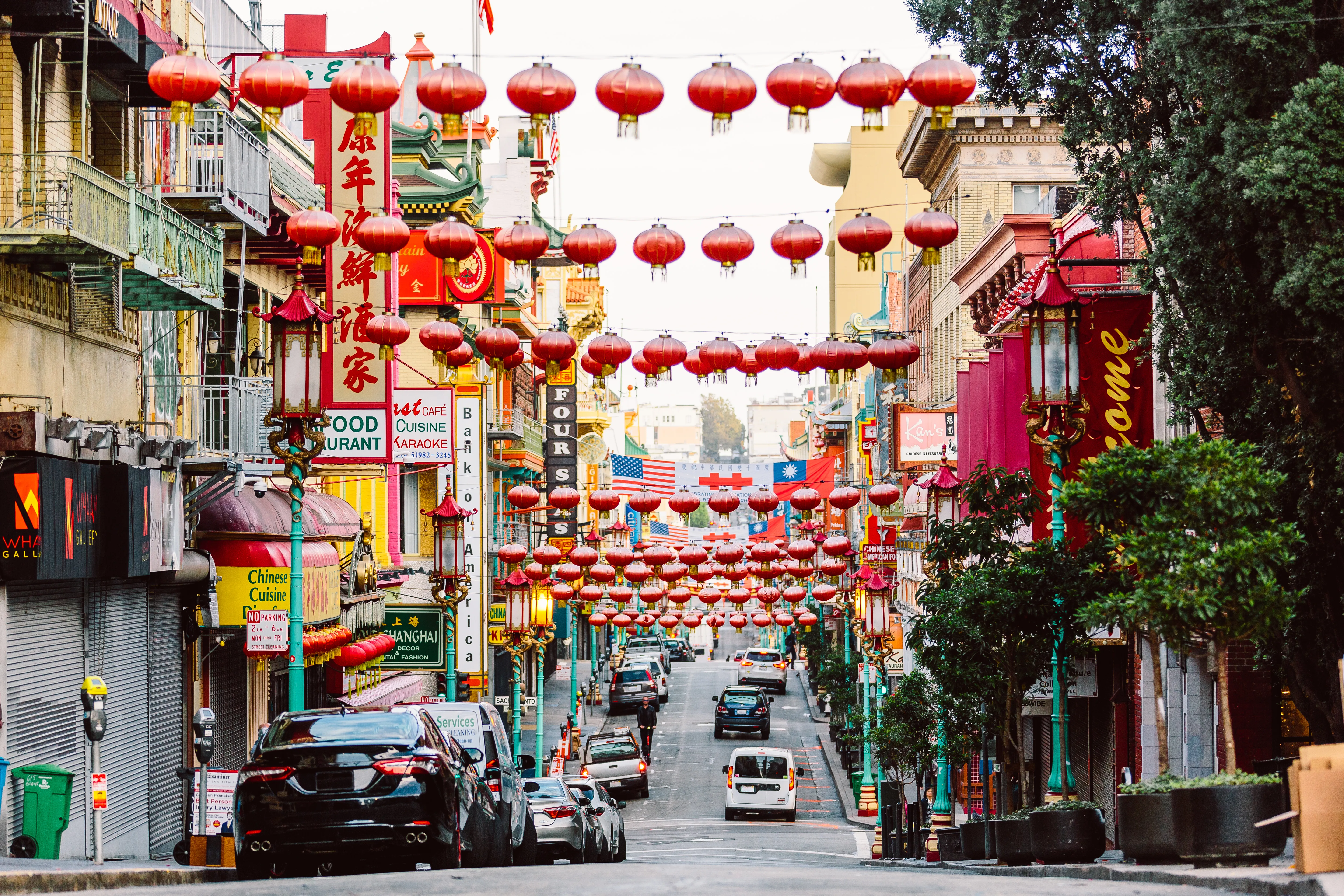
Chinatown, California
Step into the oldest and most iconic Chinatown in North America! From bustling markets and authentic dim sum to historic temples and...

The Painted Ladies, California
The Painted Ladies are San Francisco’s iconic row of pastel-colored Victorian houses, perfectly framed against the city’s modern skyline. Famous for their...
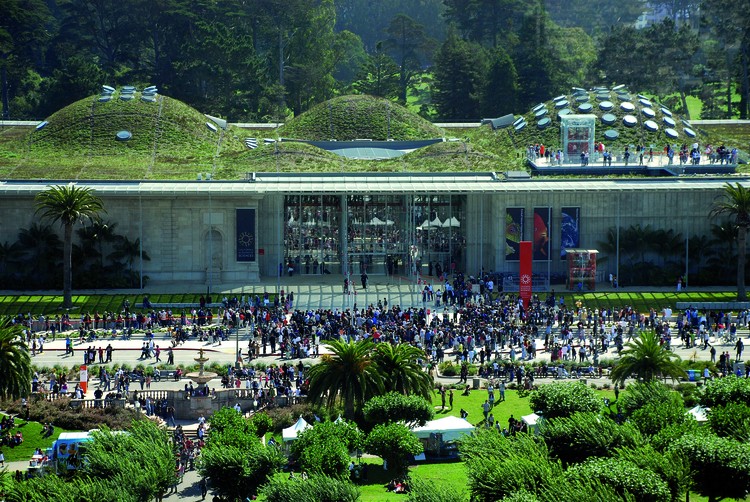
California Academy of Sciences, California
A world-class science museum in San Francisco's Golden Gate Park, blending an aquarium, planetarium, rainforest, and natural history museum under one spectacular living roof....

Ferry Building Marketplace, California
Step into the historic Ferry Building Marketplace, a food lover’s paradise on San Francisco’s waterfront. From artisanal cheeses and fresh oysters to gourmet...
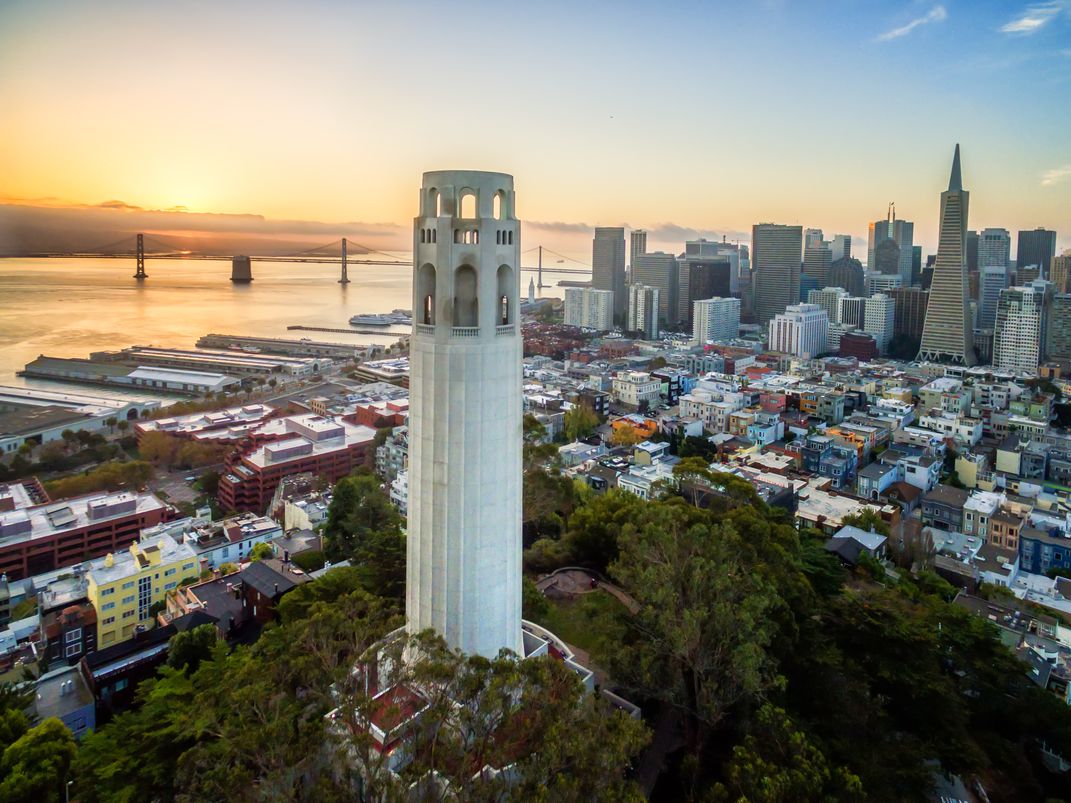
Coit Tower, California
Rising from Telegraph Hill, Coit Tower offers jaw-dropping 360° views of San Francisco, the Golden Gate Bridge, and Alcatraz. This 1933 Art...

de Young Museum, California
Discover the de Young Museum in San Francisco—a stunning blend of art, history, and breathtaking views. From ancient artifacts to modern masterpieces,...
Latest Blogs
Important Links
- Destinations
- About Us
- Blogs
Become A Member
Join the HopDays
community of travelers
© 2024 HopDays. All rights reserved. No part of this site may be reproduced without our written permission.
Important Links
- Destinations
- About Us
- Blogs
Become A Member
Join the HopDays community of travelers
© 2024 HopDays. All rights reserved. No part of this site may be reproduced without our written permission.